
15311826613
Click to add WeChatSpodumene, a monoclinic crystal system silicate mineral with a chain-like structure, serves as one of the primary sources of lithium and holds significant importance in industrial applications. However, it requires beneficiation to be suitable for industrial use. Flotation is a commonly used method for spodumene purification, applicable to various types and sizes of spodumene ores. Below is an overview of spodumene flotation methods, reagents, and equipment.
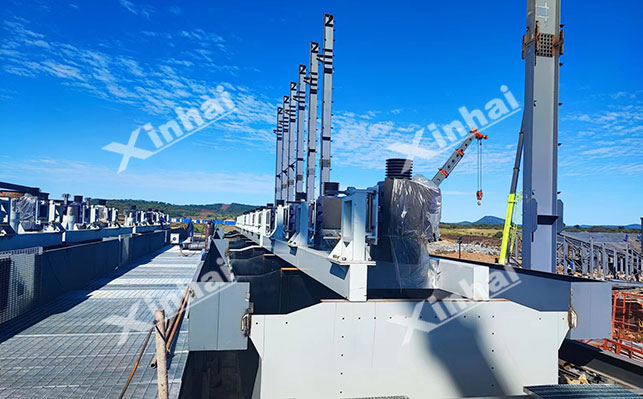
Spodumene flotation is leverages differences in surface physicochemical properties between spodumene and gangue minerals by adding precise flotation reagents to the pulp, allowing spodumene to selectively adhere to air bubbles and achieve efficient separation from gangue minerals. In this process, factors such as the wettability and charge characteristics of the mineral surface play a key role, and the type and dosage of flotation reagents are the core elements for regulating the flotation effect. Common methods include:
Typically conducted in an alkaline medium (pH 8-9), Positive Flotation facilitates adjustments to mineral surface properties under alkaline conditions. Intense agitation effectively removes impurities from the spodolite surface, while using high-concentration pulp improves flotation efficiency and reduces reagent consumption. In practical production, high-concentration pulp increases the collision probability between spodumene particles, enhancing contact and adsorption with collectors, thus improving flotation performance.
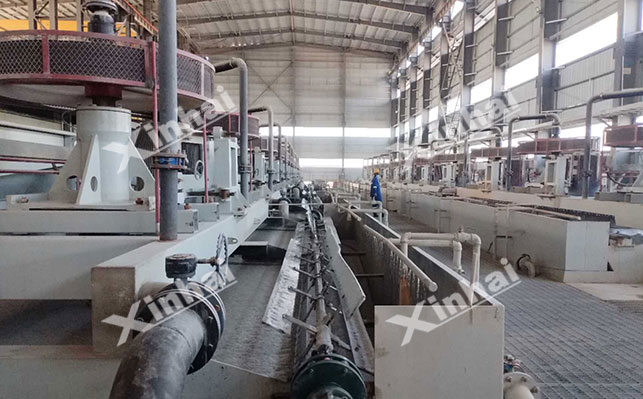
Conducted in an acidic environment, reverse flotation primarily aims to suppress spodumene and float out gangue minerals such as quartz and feldspar. Calcium chloride (CaCl₂) is often used to adjust water quality, altering the ion composition in the pulp and affecting mineral surface potential to enhance collector selectivity for gangue minerals. Sodium carbonate can eliminate adverse effects of molten salt ions in the pulp before flotation, reducing interference with reagents and stabilizing the flotation process. Sodium hydroxide is added for stirring and mud removal, cleaning the spodumene surface to improve its surface properties and enhance reverse flotation efficiency.
Branch flotation directly introduces rougher froth into cleaner stages, significantly improving recovery rates for both coarse and fine particles. Traditional flotation processes struggle with coarse particles due to insufficient buoyancy and fine particles due to agglomeration issues. Branch flotation minimizes losses of coarse or fine particles in subsequent stages, increasing their recovery rates.
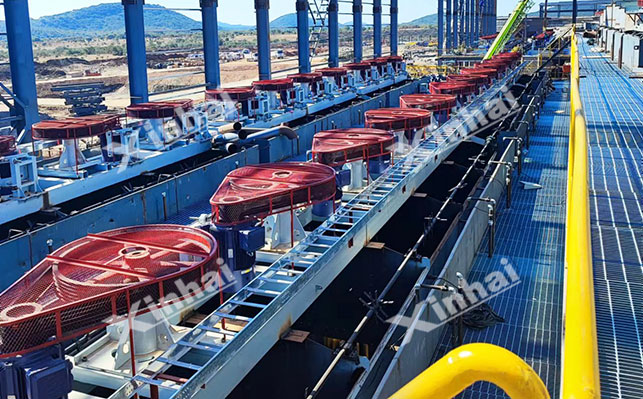
Historically, fatty acid collectors have been early adopted for spodumene flotation, showing good collecting ability but poor selectivity, making them susceptible to interference from other minerals and limiting the improvement in concentrate grade. They are more effective for spodumene ores with higher lithium content and simpler gangue compositions.
Exhibits excellent selectivity and strong collecting power for spodumene, achieving ideal flotation results with lower reagent dosages. Suitable for complex ore systems where spodumene coexists with other minerals and contains high gangue content, amine collectors accurately react with spodumene, facilitating effective separation from multiple gangue minerals.
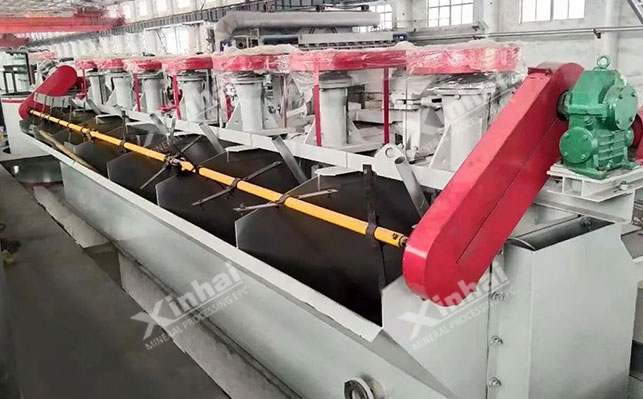
Highly adaptable to spodumene surface properties, chelating collectors effectively handle difficult-to-separate spodumene ores, offering superior selectivity and collecting performance. Ideal for complex ores containing iron, aluminum, and other impurities, these collectors form stable chelates with metal ions on the spodumene surface, enabling efficient collection.
The spodumene flotation process includes key links such as crushing, grinding, slurry mixing, and flotation (), and different links will select appropriate equipment according to the characteristics of spodumene ore to improve the overall beneficiation efficiency and concentrate quality.
Crushing:The original spodumene ore is usually large in particle size and needs to be crushed first. Generally, a two-stage crushing process is adopted. First, a jaw crusher is used for coarse crushing to crush large pieces of ore into smaller particles (50-100mm), and then a cone crusher is used for medium and fine crushing to crush the ore particle size to 10-20mm.
Grinding:The purpose is to achieve monomer dissociation of spodumene minerals. Generally speaking, the ore needs to be ground to -200 mesh, accounting for about 60%-80%, to create good conditions for subsequent flotation operations.
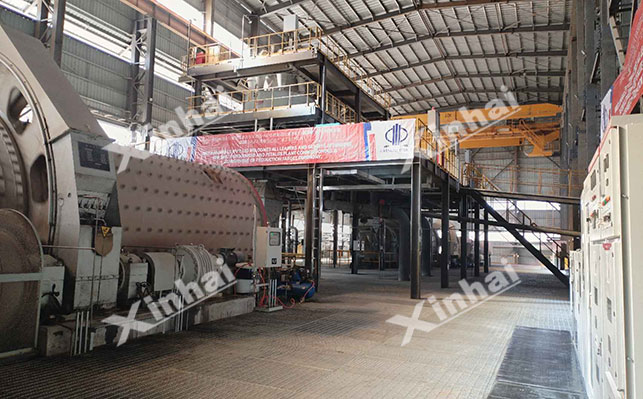
Slurry adjustment:It is an important preparatory stage in the flotation process. It mainly adds mineral processing agents to the pulp after grinding to adjust its pH. At the same time, it improves the surface properties between minerals and enhances the floatability of spodumene. After the slurry adjustment is completed, the pulp enters the flotation stage.
Flotation: It is divided into three stages: roughing, concentrating and scavenging. Among them, roughing is the initial enrichment of spodumene. It adopts positive flotation or reverse flotation and other processes. Under the premise of adding reagents, through strong stirring, the hydrophobic spodumene particles are attached to the bubbles and float up to form a foam layer containing spodumene. The spodumene recovery rate in this stage can reach 75%, but there are still impurity minerals, so it needs to be refined and purified again. Concentration aims to improve the grade of spodumene in the rough concentrate. The coarse concentrate obtained from roughing enters the selection process, usually gradually reducing the amount of collector and frother, and increasing the flushing water, and flotation to remove gangue minerals multiple times. Sweeping selection is aimed at flotation tailings, recovering residual spodumene minerals and improving lithium recovery rate.
The function of spodumene flotation reagent is to adjust the pulp environment and change the surface properties of the mineral to make the spodumene surface hydrophobic, achieve separation from gangue minerals, and inhibit gangue minerals, produce stable bubbles, and help improve the grade and recovery rate of spodumene concentrate. Commonly used reagents are collectors, adjusters and frothers.
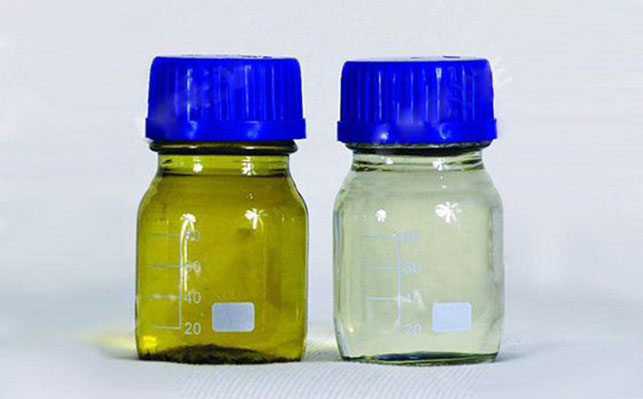
Spodumene flotation collector forms a hydrophobic film on the surface of spodumene by chemical adsorption or electrostatic adsorption with metal ions on the surface of spodumene, enhancing the hydrophobicity of the surface of spodumene, allowing it to adhere to bubbles and be separated from the pulp to improve the grade and recovery rate of spodumene concentrate. Commonly used collectors are mainly fatty acids (oleic acid and soaps), amines (dodecylamine, octadecylamine) and chelating collectors (hydroxamic acids).
The function of spodumene flotation adjuster is to adjust the pH value of the pulp, inhibit gangue minerals and disperse the pulp, create an environment suitable for spodumene flotation, enhance the effect of spodumene and collector and reduce gangue interference. Commonly used adjusters are mainly pH adjusters (sulfuric acid, sodium carbonate) and inhibitors (water glass, sodium hexametaphosphate).
The function of spodumene frother is to reduce the surface tension of the gas-liquid interface, generate a large number of stable bubbles, so that the hydrophobic spodumene particles can adhere to it, float smoothly and separate from the gangue minerals. Commonly used frothers include pine oil, methyl isobutyl carbinol and 2-octanol.
However, the types of reagents used for different flotation methods are different. The actual situation is as follows:
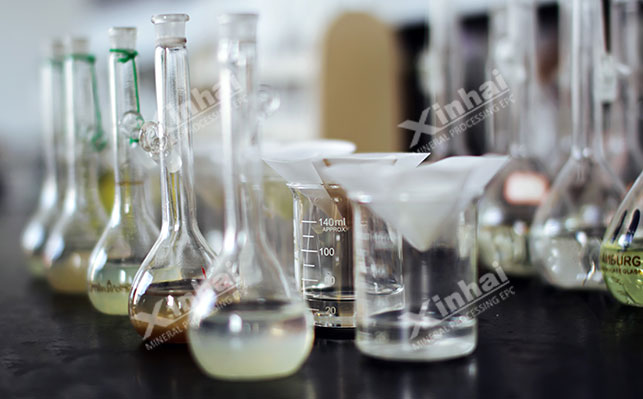
Common reagents for flotation with fatty acid collectors: The commonly used collectors in this flotation process are oleic acid and sodium oleate, which can effectively react chemically with metal ions on the surface of spodumene to generate metal soap substances with hydrophobic properties, thereby changing the surface of spodumene from hydrophilic to hydrophobic, and can smoothly attach to bubbles to achieve the purpose of flotation separation; the adjuster mainly uses sodium carbonate, which can accurately adjust the pH value of the slurry (between 9-10). Under this pH environment, it is more conducive to the performance of fatty acid collectors, and can effectively prevent sludge agglomeration and improve flotation effects; the inhibitor uses water glass, which can form a hydrophilic film on the surface of gangue minerals such as quartz and feldspar, enhance the hydrophilicity of gangue minerals, and inhibit their adhesion to bubbles, thereby achieving effective separation of gangue minerals and spodumene.
Amine collectors are commonly used flotation reagents: The commonly used amine collector in the flotation process is dodecylamine, which can be firmly attached to the surface of spodumene through different adsorption methods, changing the charge distribution and wettability of the surface of spodumene, making its surface hydrophobic, which is conducive to floating with bubbles; the adjuster uses hydrochloric acid to adjust the pH value of the slurry to an acidic environment of 3-6, which can better complete the collection operation; the dispersant uses sodium hexametaphosphate, which effectively prevents the agglomeration of ore mud and ensures that the mineral particles are evenly dispersed in the slurry, achieving efficient enrichment of flotation.
Commonly used flotation reagents for spodumene chelate collectors: The collector is a chelating agent. With its special chemical structure, it can form a stable chelate with a unique spatial configuration with the metal ions on the surface of spodumene, thereby achieving efficient collection of spodumene. It is mainly suitable for spodumene ores with complex ore composition and difficult sorting, especially ores containing a large amount of impurities such as iron and aluminum.
In the spodumene flotation operation, the performance of the flotation machine plays a key role in the ore dressing efficiency and concentrate quality. Commonly used flotation machines include mechanical stirring type, aeration stirring type and flotation column. Different types and models have their own unique characteristics and application advantages.
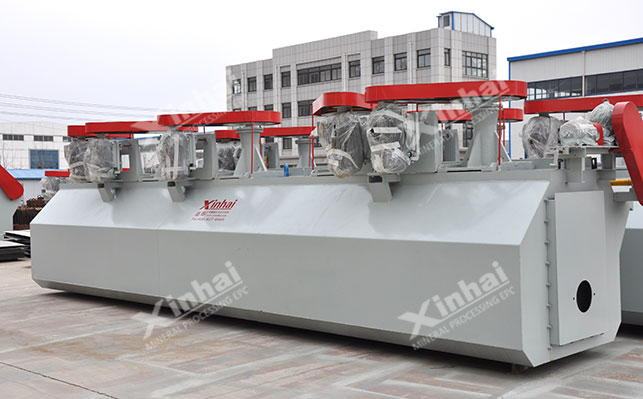
The mechanical stirring flotation machine can self-absorb air and slurry, without the need for external aeration devices, and the return of the intermediate ore does not require pumping, which simplifies the flotation process. The strong stirring force during flotation can make the slurry highly dispersed, which is conducive to the full interaction between spodumene and reagents and bubbles. Commonly used equipment is SF type and JJF type.
SF flotation machine: It can quickly separate spodumene from gangue minerals by self-absorb slurry and air. The recovery rate of spodumene can reach 75%. It is mostly used for roughing and scavenging operations, and is widely used in medium and large ore dressing plants;
JJF flotation machine: It can be used to float ores with small differences in floatability between spodumene and gangue minerals. It is often used for reverse flotation operations and can successfully increase the grade of spodumene concentrate from 15% to 20%;
Aerated agitation flotation machine cannot self-absorb air. When the medium ore returns, it needs to be transported by a lift pump and equipped with special air supply equipment. This type of flotation machine has a large and uniform aeration volume, which can produce a large number of small and stable bubbles, providing more attachment sites for spodumene particles. Commonly used equipment is KYF and XCF.
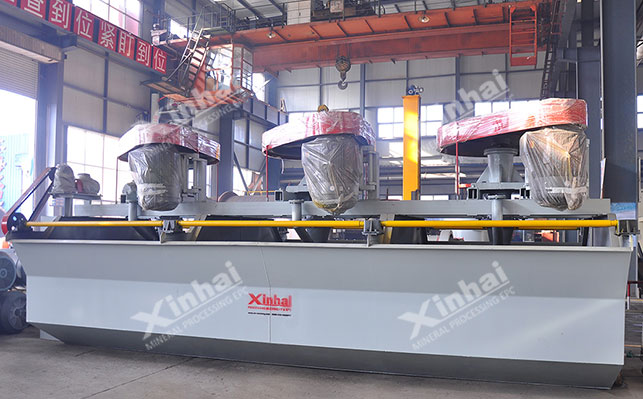
XCF flotation machine: The slurry can flow by itself, which reduces the investment in slurry transportation equipment, energy consumption and maintenance costs. It has strong adaptability to spodumene ores of different properties. It can adjust the aeration volume and stirring intensity, and is mostly used for roughing and scavenging operations in medium and large ore dressing plants;
KYF flotation machine: large aeration volume can quickly combine spodumene particles with bubbles and take them out of the slurry. It is mainly suitable for processing relatively single rare earth ores for roughing and scavenging operations.
The flotation column is cylindrical, with an aeration device, a spray device and a flow stabilizing device inside. The slurry is fed from the top and flows from top to bottom. Air is filled from the bottom to form bubbles that move from bottom to top. In the countercurrent process, spodumene particles collide and adhere to bubbles, float to the top foam layer and are scraped out. Spray water is sprayed at the top to clean the foam layer and reduce the entrainment of gangue minerals. It is widely used in spodumene selection operations and can effectively improve the grade of concentrate.
The above is an introduction to what spodumene flotation is, including the four dimensions of spodumene flotation technology, process, reagents and equipment. In an actual mineral processing plant, how to choose the spodumene flotation method depends on the properties of the ore and cannot be chosen blindly. It is recommended to conduct mineral processing tests and design a suitable process flow through experimental analysis.